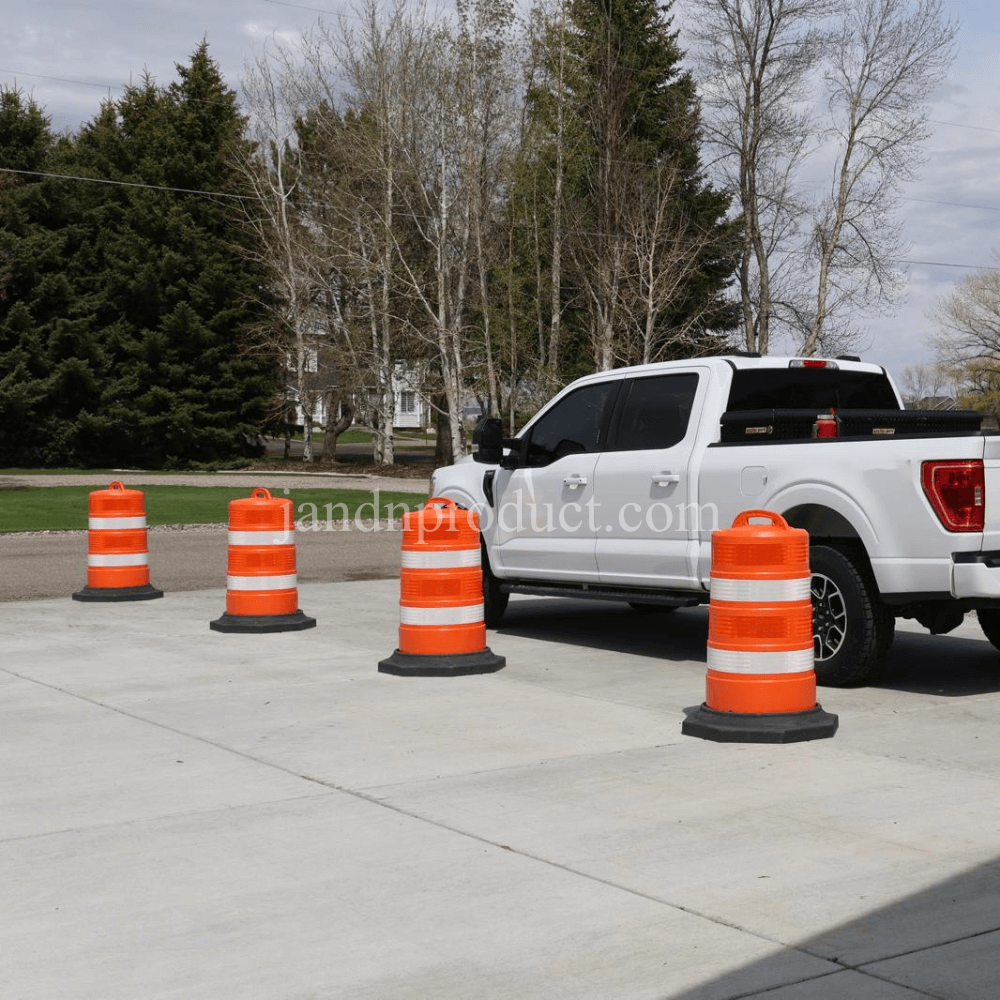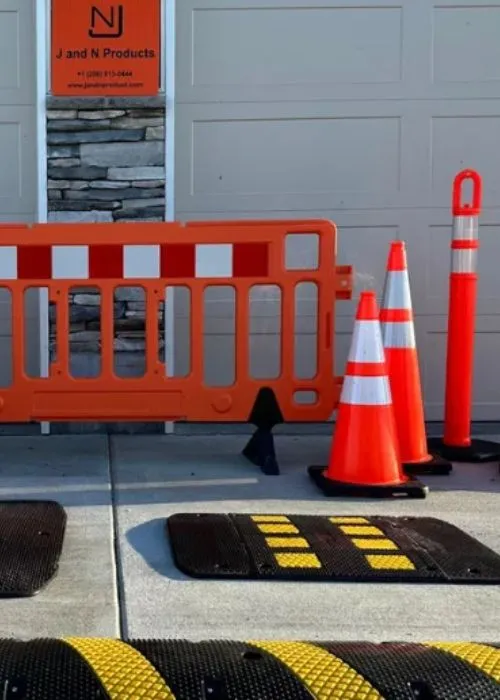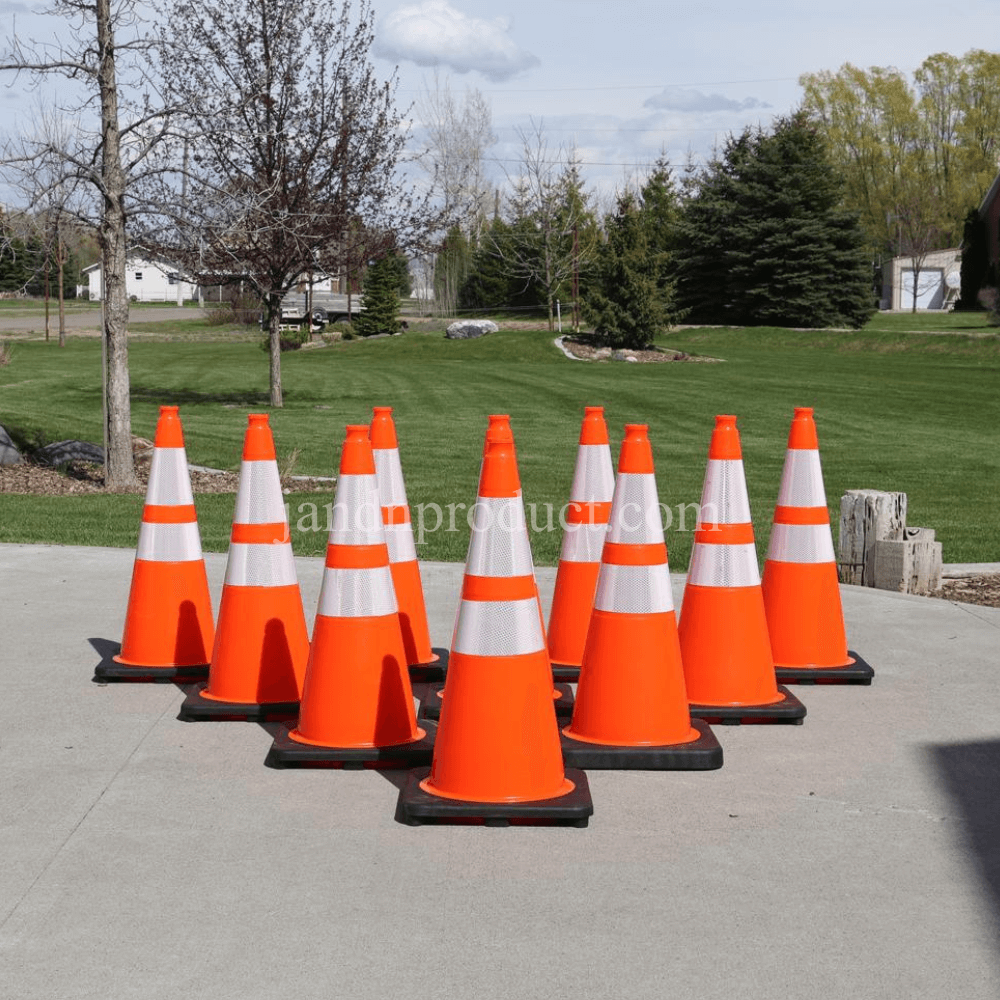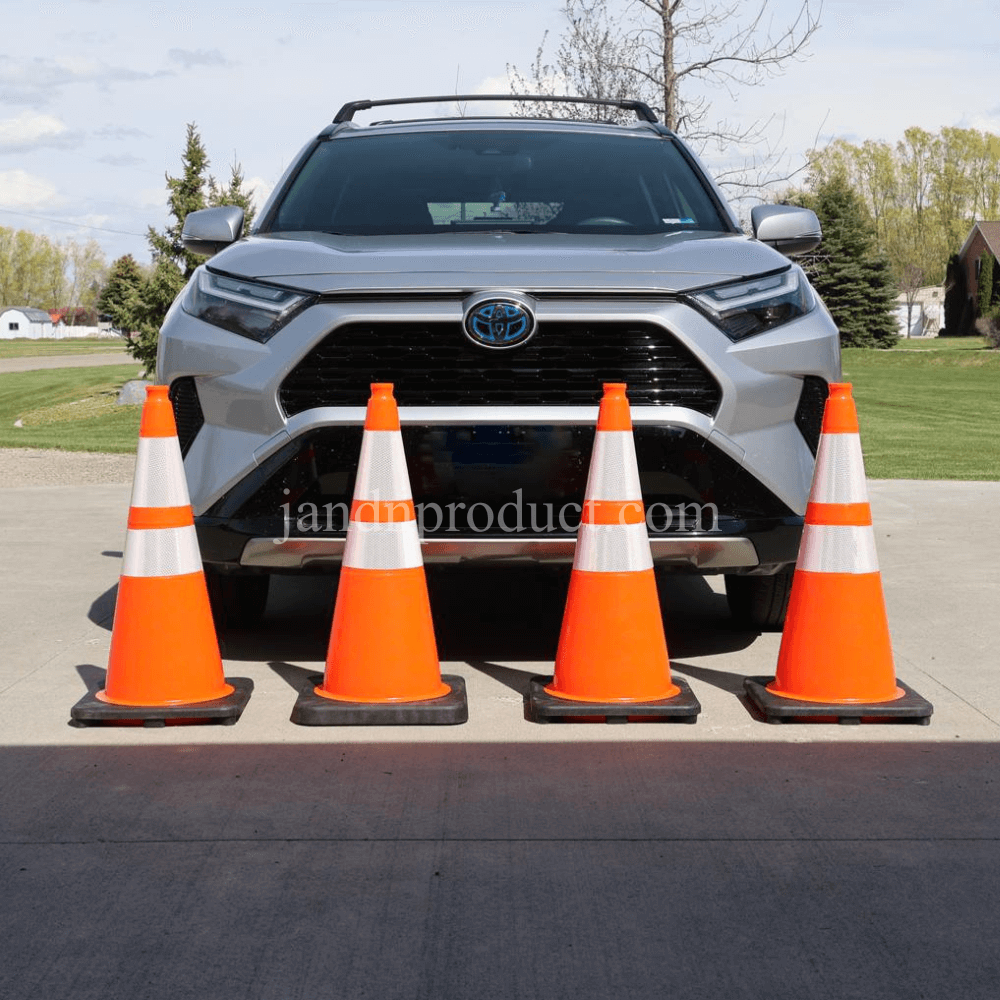Construction Site Safety Compliance: Avoid These 5 Costly OSHA Violations
Construction site accidents cost the industry over $13 billion annually, and most are preventable with proper safety equipment and procedures. OSHA violations not only put workers at risk—they can result in fines ranging from $16,131 to $161,323 per violation.
At J&N Products, we’ve helped hundreds of contractors across Idaho maintain compliance while protecting their crews. This guide covers the five most common OSHA violations on construction sites and the specific equipment needed to avoid them.
The Real Cost of OSHA Violations
Beyond immediate fines, OSHA violations can trigger follow-up inspections, work stoppages, and increased insurance premiums. Repeat violations carry significantly higher penalties, and willful violations can reach six figures per incident.
More importantly, violations often indicate gaps in safety protocols that put your workers—and your business—at serious risk.
Violation #1: Fall Protection Failures (29 CFR 1926.501)
The Problem: Fall protection violations topped OSHA’s most cited list again in 2024. Any work performed at heights of 6 feet or more requires fall protection systems.
Common Mistakes:
- Using damaged or expired harnesses
- Missing guardrails on elevated surfaces
- Inadequate anchorage points for personal fall arrest systems
- Workers not properly trained on equipment use
What You Need:
- Full-body harnesses with D-rings that meet ANSI standards
- Guardrail systems for elevated work platforms
- Safety nets for areas where guardrails aren’t feasible
- Personal fall arrest systems with shock-absorbing lanyards
J&N stocks complete fall protection kits that include harnesses, lanyards, and anchor points—all certified to current OSHA standards.
Violation #2: Inadequate Respiratory Protection (29 CFR 1926.95)
The Problem: Exposure to silica dust, asbestos, and other airborne hazards requires proper respiratory protection. Many sites use incorrect masks or skip protection entirely.
Common Mistakes:
- Using dust masks instead of proper respirators for silica exposure
- Failing to conduct fit testing for respirator users
- Missing medical evaluations before respirator use
- Inadequate training on proper respirator maintenance
What You Need:
- N95 respirators for basic dust protection
- P100 filters for silica dust and asbestos work
- Half-face and full-face respirators for chemical exposures
- Powered air-purifying respirators (PAPR) for extended use
Remember: Beards and facial hair prevent proper respirator seals, creating compliance issues.
Violation #3: Missing or Improper Scaffolding Safety (29 CFR 1926.451)
The Problem: Scaffolding-related accidents cause 4,500 injuries and 50 deaths annually. OSHA requires specific safety measures for any scaffold over 10 feet high.
Common Mistakes:
- Missing guardrails on scaffold platforms
- Inadequate platform planking or damaged boards
- Scaffolds not inspected by competent persons
- Workers accessing scaffolds without proper fall protection
What You Need:
- Guardrail systems with top rails, mid-rails, and toe boards
- Personal fall arrest equipment for workers on scaffolds
- Proper planking that meets load requirements
- Safety signage indicating maximum load capacities
All scaffold work requires daily inspections by a competent person before each shift.
Violation #4: Inadequate Eye and Face Protection (29 CFR 1926.95)
The Problem: Eye injuries account for 10% of all workplace disabilities. Construction workers face hazards from flying debris, chemical splashes, and intense light from welding operations.
Common Mistakes:
- Using regular glasses instead of safety glasses
- Missing side shields on prescription eyewear
- Wrong lens types for welding operations
- No face protection during grinding or cutting operations
What You Need:
- ANSI Z87.1 certified safety glasses for all workers
- Side shields for prescription eyewear users
- Welding helmets with proper shade filters (shade 10-14 for arc welding)
- Face shields for grinding, cutting, and chemical handling
- Goggles for dusty environments and chemical protection
Many contractors make the mistake of assuming regular glasses provide adequate protection—they don’t meet ANSI impact standards.
Violation #5: Improper Electrical Safety Practices (29 CFR 1926.95)
The Problem: Electrical hazards cause 8.5% of construction fatalities. OSHA requires specific PPE for workers exposed to electrical hazards.
Common Mistakes:
- Missing electrical-rated hard hats in areas with overhead power lines
- Using non-insulated tools near live electrical work
- Inadequate voltage-rated gloves for electrical tasks
- No electrical hazard signage or barriers
What You Need:
- Class E hard hats rated for electrical protection up to 20,000 volts
- Insulated tools for electrical work
- Voltage-rated rubber gloves with leather protectors
- Arc flash protection suits for high-voltage work
- Electrical hazard warning signs and barriers
Even non-electrical workers need Class E hard hats when working near overhead power lines or electrical equipment.
Creating Your Compliance Action Plan
Step 1: Conduct a Safety Audit Walk your job sites and identify which of these five violation areas apply to your current projects.
Step 2: Inventory Current Equipment Check expiration dates, damage, and certification marks on existing safety equipment. OSHA requires equipment to meet current ANSI standards.
Step 3: Train Your Crew Equipment is only effective when workers know how to use it properly. Document all safety training for OSHA compliance.
Step 4: Establish Inspection Protocols Daily equipment inspections prevent failures and demonstrate due diligence during OSHA visits.
Why Choose J&N Products for OSHA Compliance
We understand Idaho construction challenges and OSHA requirements. Our safety equipment meets or exceeds current standards, and we provide:
- Bulk pricing for large crews and multi-site projects
- Same-day shipping from our Blackfoot warehouse
- Technical support to help select the right equipment
- Compliance documentation with every order
Take Action Before OSHA Does
Don’t wait for an inspection to discover compliance gaps. Review your current safety procedures and equipment against these five common violations.
Ready to ensure compliance? Browse our complete line of OSHA-compliant safety equipment or call (208) 915-0444 to speak with our safety experts about your specific needs.
Need bulk pricing for a large crew? Email sales@jandnproduct.com with your equipment list for a custom quote within 24 hours.
Your workers’ safety and your business’s compliance are too important to leave to chance. Let J&N Products help you stay ahead of OSHA requirements while keeping your crew protected.








